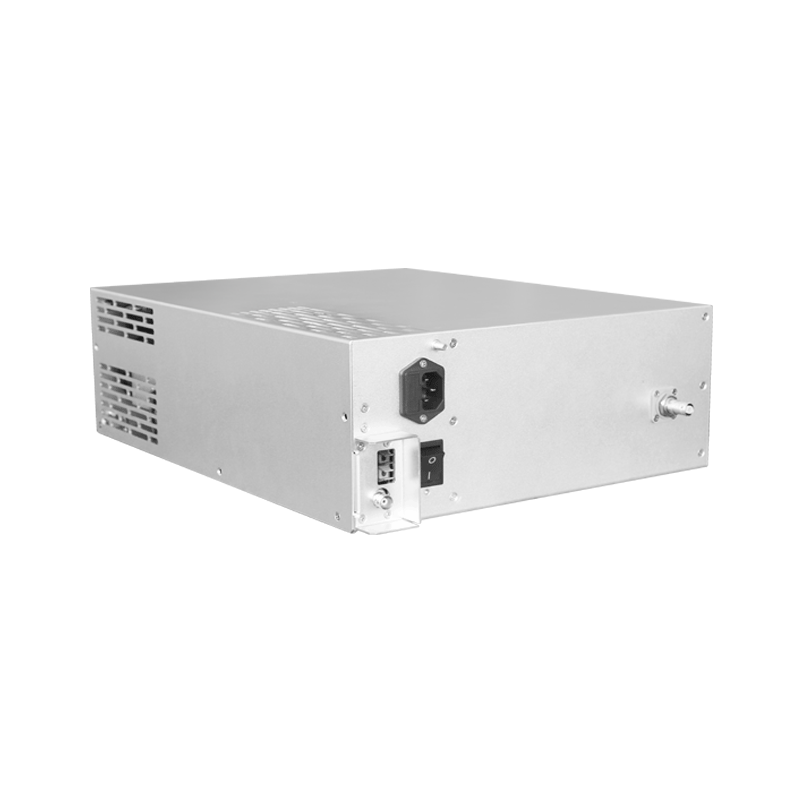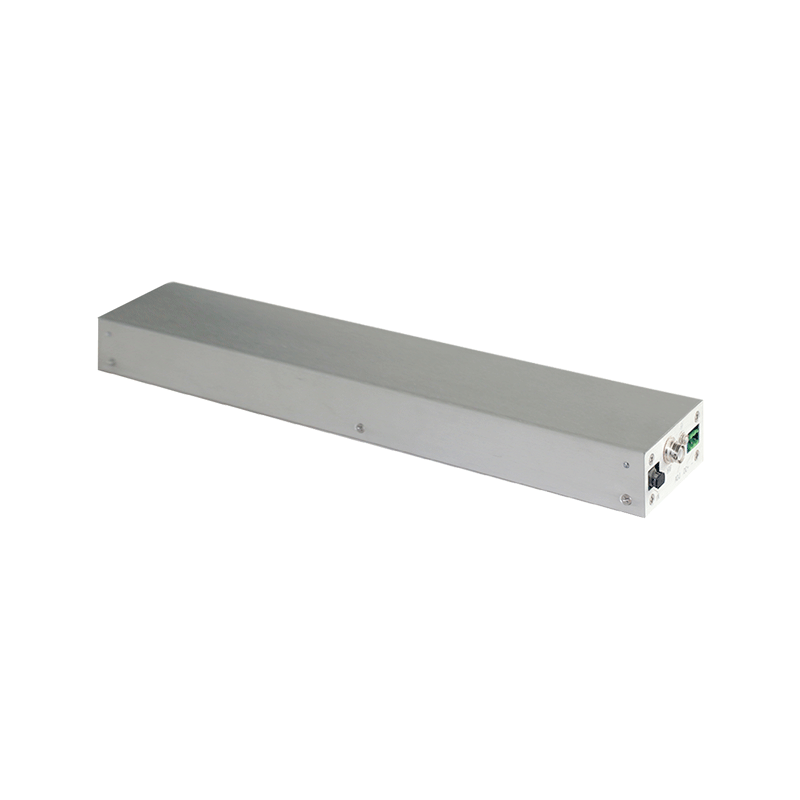High Voltage Power Supply Optimizing Annealing Equipment Production Capacity
Production capacity in annealing operations is fundamentally constrained by the rate at which thermal energy can be delivered to the workload while maintaining required metallurgical outcomes. High-voltage power systems directly attack this bottleneck by enabling substantially higher specific power densities without corresponding increases in current-related losses or component sizing.
The physics of power transfer favors high voltage in virtually every heating modality employed in annealing. For direct resistance heating, voltage elevation lengthens the effective electrode spacing while preserving current density in the workpiece, allowing larger charges to be processed in the same furnace envelope. In induction heating scenarios, higher secondary voltages induced in the work coil reduce the turns ratio required, permitting coil designs with lower inductance and thus faster response times to power setpoint changes.
Ramp rate capability emerges as one of the most immediate capacity enhancers. Conventional medium-voltage systems are often limited to heating rates of 5–10 °C per second in large sections due to available fault current and protection coordination constraints. Transitioning to high-voltage topologies routinely achieves 25–40 °C per second in comparable geometries, effectively compressing the heating portion of the cycle and freeing furnace time for additional batches. Continuous strip annealing lines have documented throughput increases exceeding 30 percent following such power system upgrades, accomplished primarily through shortened thermal cycles rather than mechanical speed enhancements that might compromise surface quality.
The reduction in current for equivalent power also yields smaller, lighter transformers and rectifiers, permitting more compact substation layouts. This space efficiency translates directly to the ability to install additional annealing stations within existing building footprints, a critical consideration for brownfield expansions where real estate is fixed. The lighter components further reduce foundation loading requirements, sometimes eliminating the need for costly structural reinforcement during retrofits.
Precision of energy delivery improves concomitantly with voltage increase. Modern high-voltage converters employing phase-shifted full-bridge topologies achieve output ripple below 0.5 percent even at full load, ensuring that temperature uniformity targets are met without conservative over-design of soak times. In vacuum annealing of reactive alloys, where even minor temperature excursions can lead to unacceptable oxidation or phase precipitation, this precision directly correlates to higher first-pass yield and thus effective capacity.
Load matching flexibility constitutes another significant lever. High-voltage systems readily support tap-changing or electronic voltage adjustment that optimizes coupling efficiency across varying workload conductivities and geometries. During processing of mixed product campaigns—common in job-shop annealing operations—this adaptive capability minimizes the energy waste associated with operating far from the power supply’s optimal design point.
Maintenance-related downtime, a perennial drag on capacity utilization, is substantially reduced. The lower currents experienced by switches, buswork, and cabling extend insulation life and decrease the frequency of thermographic inspections required to detect incipient failures. When interventions are necessary, the reduced physical size of high-voltage components often permits faster access and replacement compared to their medium-voltage counterparts.
Energy efficiency gains compound the capacity increase by lowering operating costs per ton, effectively improving return on invested capital. Measurements across multiple installations indicate specific energy consumption reductions of 15–25 percent when migrating to high-voltage architectures, achieved through lower transmission losses, higher power factor, and more precise thermal profiling that eliminates unnecessary energy input.
The cumulative effect on overall equipment effectiveness (OEE) can be dramatic. Facilities combining high-voltage power upgrades with complementary improvements in automation and atmosphere control have reported OEE increases from typical mid-70 percent ranges into the low-90 percent territory, reflecting not only higher throughput but dramatically improved availability and quality rates.
As industry moves toward processing of advanced materials with narrower processing windows—third-generation advanced high-strength steels, titanium aluminides, and nickel-based superalloys among them—the ability to deliver controlled, high-density energy rapidly and uniformly becomes a defining competitive parameter. High-voltage power systems position annealing operations to meet these emerging demands without proportional increases in furnace size or capital intensity, thereby optimizing production capacity in both current and future material portfolios.




















